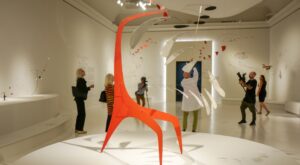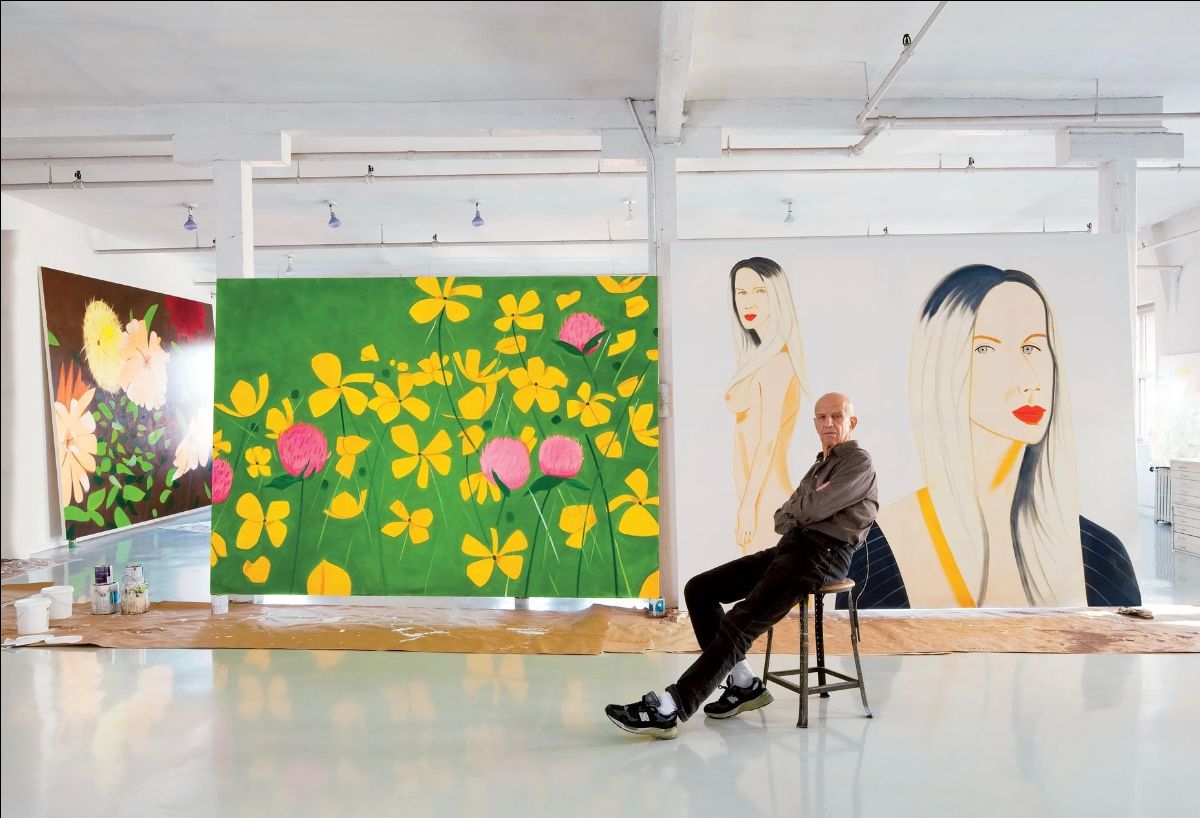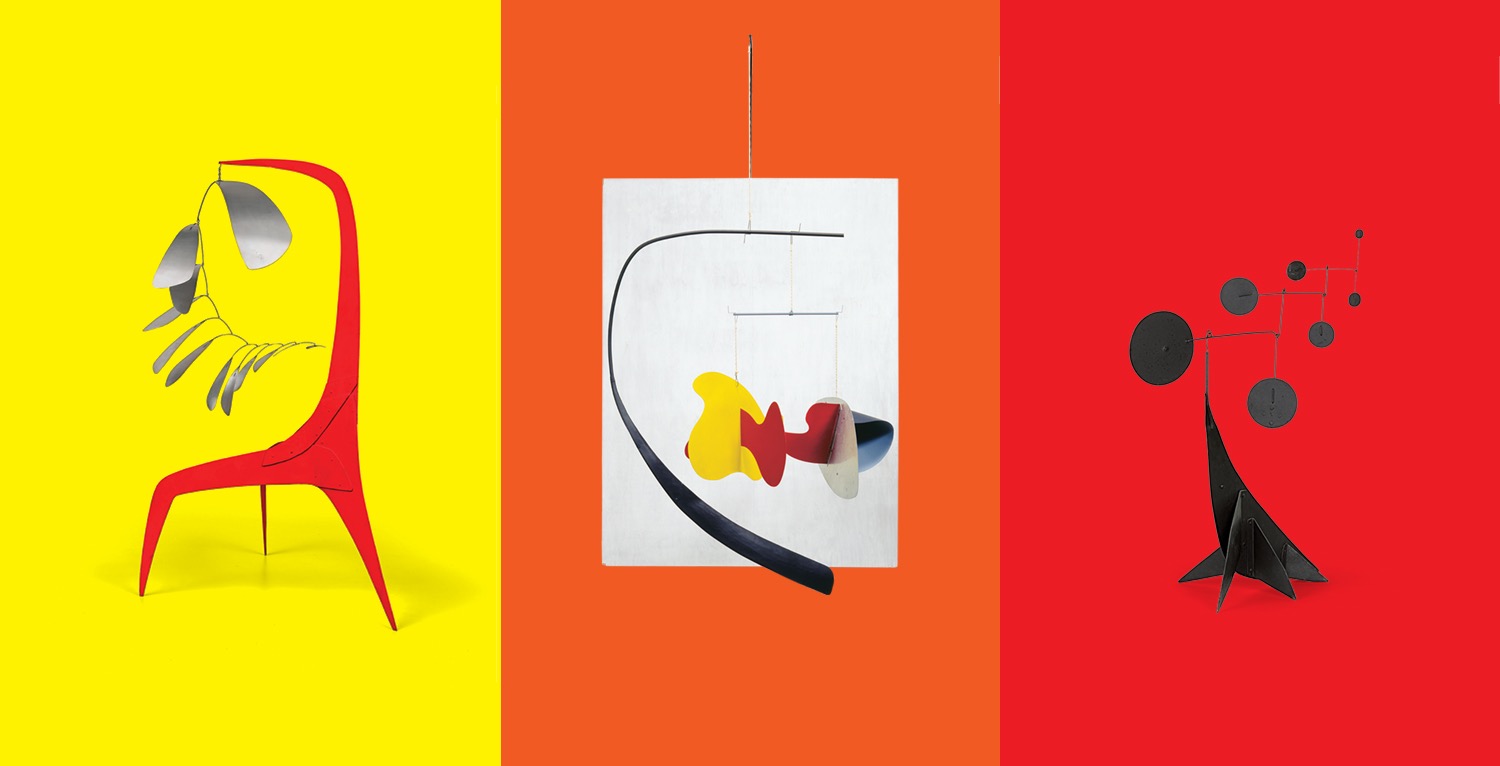Alex Katz: Gathering opens today at the Guggenheim Museum in New York City which will run from October 21, 2022- February 20, 2023.
Continue readingThinking Outside the Box
Frank Gehry’s Guggenheim Museum Bilbao, Bilbao, Spain.
Celebrating International Museum Day
When visiting an art museum, we expect to encounter art within its walls. Focusing our attention solely on a museum’s collection, however, one fails to acknowledge the fact that museum edifices themselves are often artistic masterpieces in their own right. Museums are dynamic structures that are built with innovative materials and boast striking designs and powerful shapes. To celebrate International Museum Day, we are highlighting only a handful of the many museums whose architectural components are as noteworthy as the artworks housed within.

Frank Lloyd Wright’s Solomon R. Guggenheim Museum, New York City, United States of America.
New York City’s iconic Solomon R. Guggenheim Museum comes to mind when contemplating noteworthy museum architecture. Designed by Frank Lloyd Wright, the unique winding structure is nestled within its largely linear cityscape. It has clean, fluid lines, curving, spiraling walls, and a smooth exterior texture free of visible windows. In both its form and concept, the Guggenheim offers unique viewing experiences and its sculptural brilliance renders it a noteworthy art piece in and of itself.
The Guggenheim Museum Bilbao is one of the most admired buildings in contemporary architecture. Characterized by its structural ingenuity and appeal, the museum was designed by Canadian-American architect Frank Gehry. The museum is situated in Bilbao’s port area on the Nervion River. Gehry’s extensive use of titanium and glass and his use of dramatic and exaggerated curves and shapes offer a modern cutting-edge style that resembles a boat. The surface of the building mimics rippling water, as light catches and refracts along with the curved titanium. Gehry illustrates the creative potential of harmonizing both natural and industrial surroundings in order to create a structure that is both complex and dynamic.
Related Posts
Check-in and Check-out the Art!
Alexander Calder: Radical Inventor
Conceptual Art: What is it?
Zaha Hadid was a British-Iraqi architect who is internationally renowned for her boundary-pushing designs, particularly for museums and art galleries. Her futuristic aesthetic is evidenced by her predilection for glass and metallic materials as well as her bold and dynamic shapes. Her construction of the Heydar Aliyev Cultural Centre, in Baku, Azerbaijan is celebrated for its ground-breaking employment of sweeping fluid curves, and rounded lines built to reflect the building’s natural surroundings.

Zaha Hadid’s Heydar Alivey Cultural Center, Baku, Azerbaijan.
The next time you visit an art museum, be sure not only to admire the artwork inside but also the exterior and structural components of the building as well!
While we are currently unable to visit museums in person, many are offering virtual tours online. Please feel free to explore museum collections in the comfort of your own home with the provided links throughout the article.
Alexander Calder: Radical Inventor
Alexander Calder, known as the artist who “made sculpture move,” revolutionized sculpture by suspending objects, creating mesmerizing shadows and changing perspectives.
Walking into the Montreal Museum of Fine Art’s Exhibition, ‘Alexander Calder: Radical Inventor’, viewers are immediately confronted with a slowly rotating circular couch with a large Calder mobile sculpture hanging above it. I sat down, laid on my back and gazed above to view the artwork. The moving couch offered continuously changing perspectives of the piece above, aptly setting the tone for the retrospective celebrating an artist who famously “made sculpture move.”
The exhibition features many of Calder’s mobiles – the artist’s unique artform consisting of delicately suspended forms that gently shift in response to air currents. Calder’s invention of the mobile completely revolutionized sculpture by renouncing stable heavy objects with mass and weight in favour of light, airy constructions that flow and cast magnificent shadows on walls that, in a way, become sculptures in their own right.
Related Posts
Ada with Coffee Silhouette Sculpture, Alex Katz
Conceptual Art: What is it?
ARTspiration: Appropriation in Art
The mobiles, stabiles, paintings and jewellery displayed throughout the exhibition showcase the artist’s innovative multidisciplinary practice. My favourite part of the exhibition, however, was the video of Calder’s circus performance displayed early on in the show. Performed in the avant-garde circles of Paris from 1926-31, Calder’s circus comprised of hundreds of miniature figurines made of wire and cloth that he manipulated into action. The video captures Calder vigorously pulling levers and strings and turning cranks to animate his characters and their props in a way that emulates various acts that occur at the circus. Trapeze artists fly through the air, latch arms and fall into a net. A lion roars before placing its handler’s head into its mouth. Act after act, it is truly a delight to watch and demonstrates the artist’s distinctive ability to imbue static objects with a strong performative presence. The circus performance captures the essence of the artist’s entire oeuvre that is, at once, playful and sophisticated.
The exhibition runs through until February 24th and I strongly encourage you to visit if you are in Montreal. Visit the museum’s website for more information.





